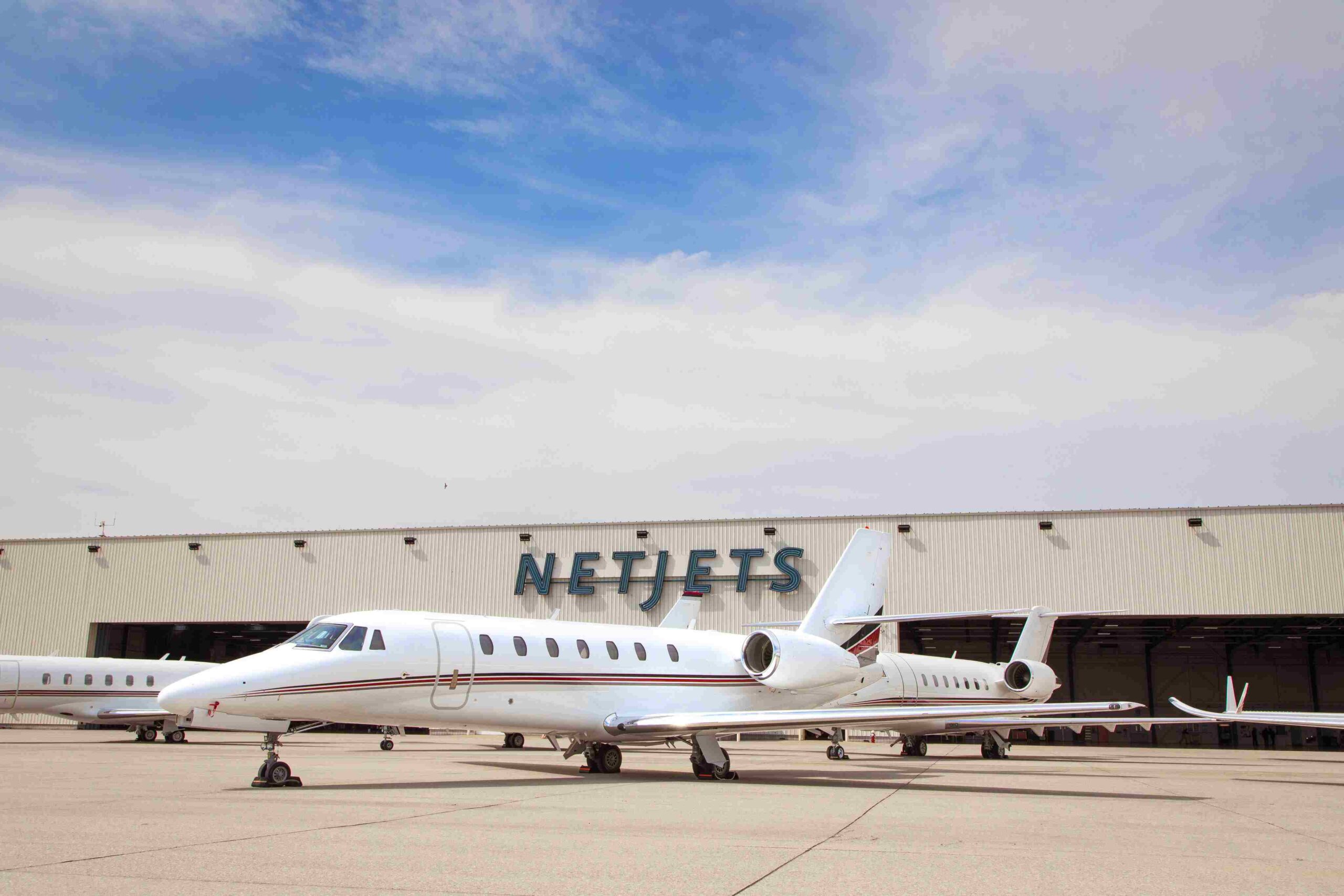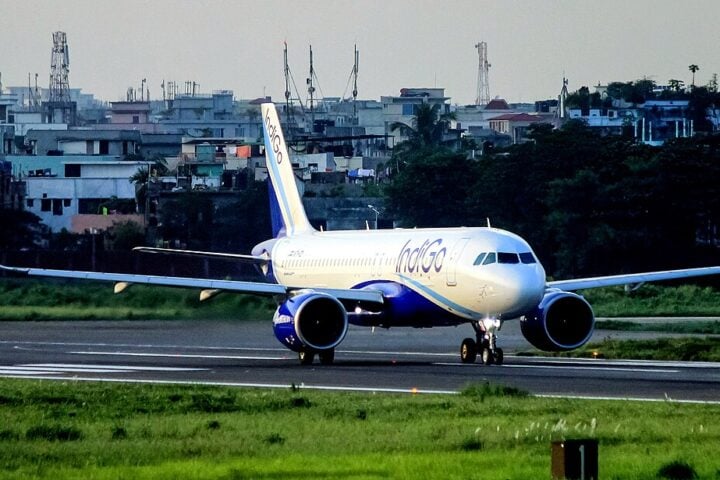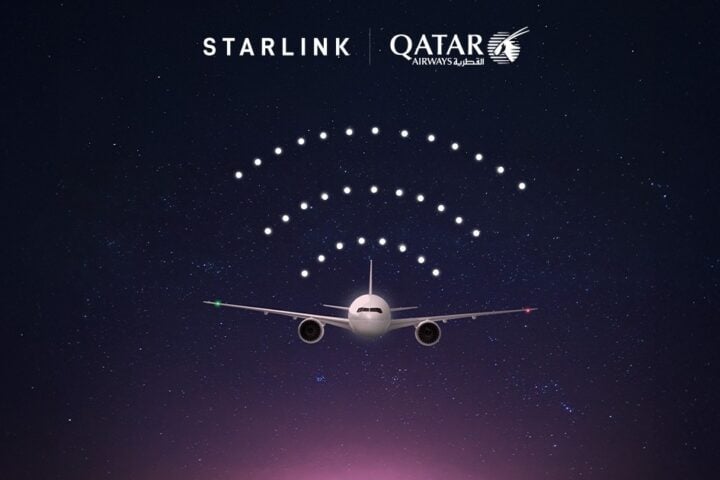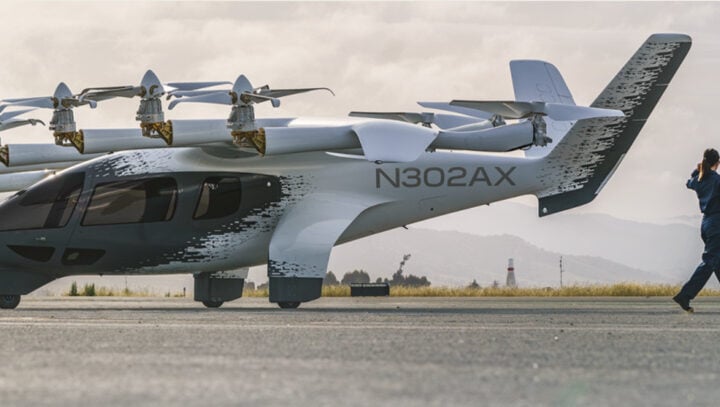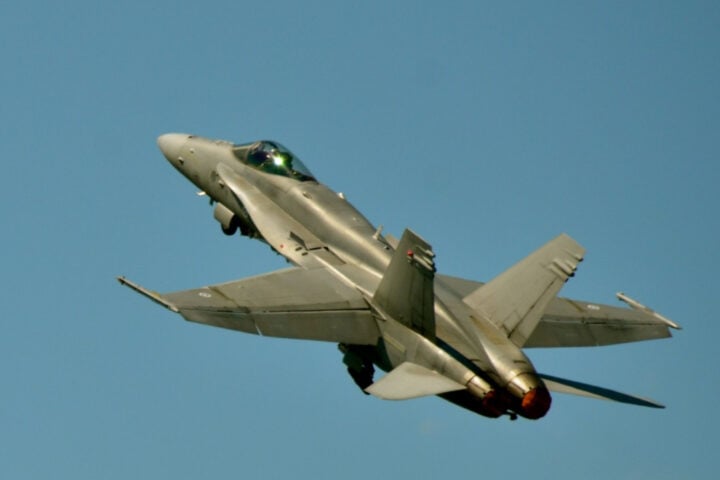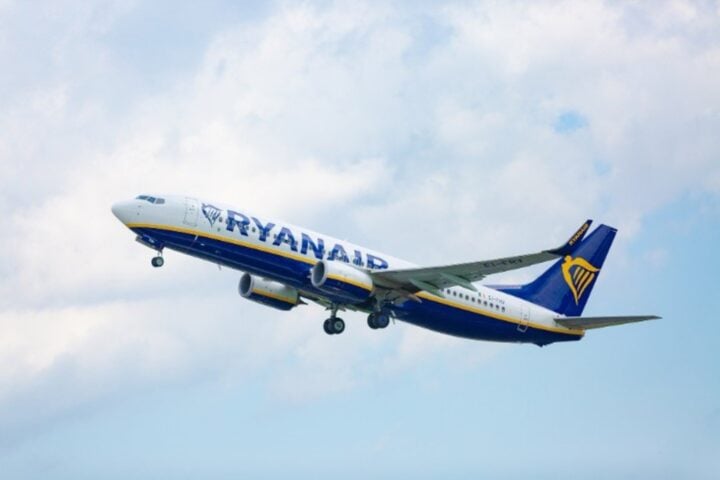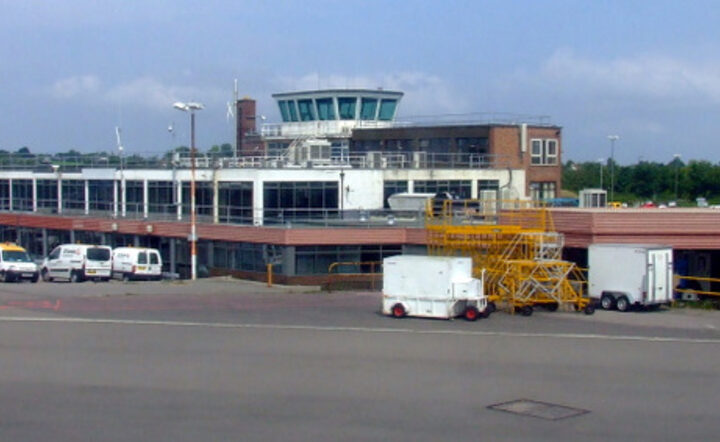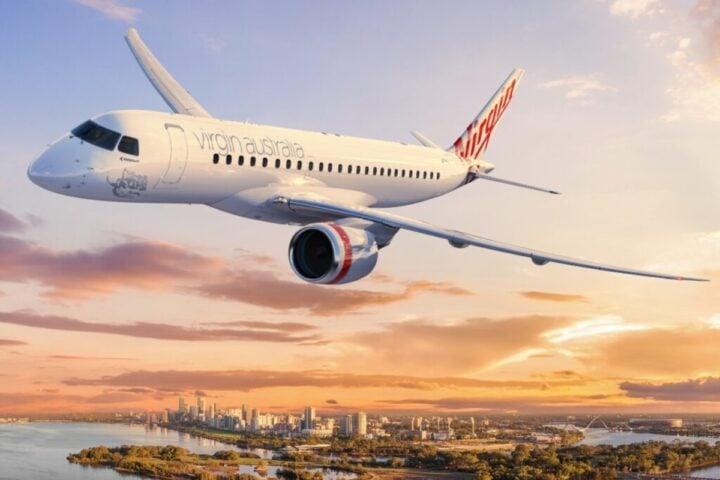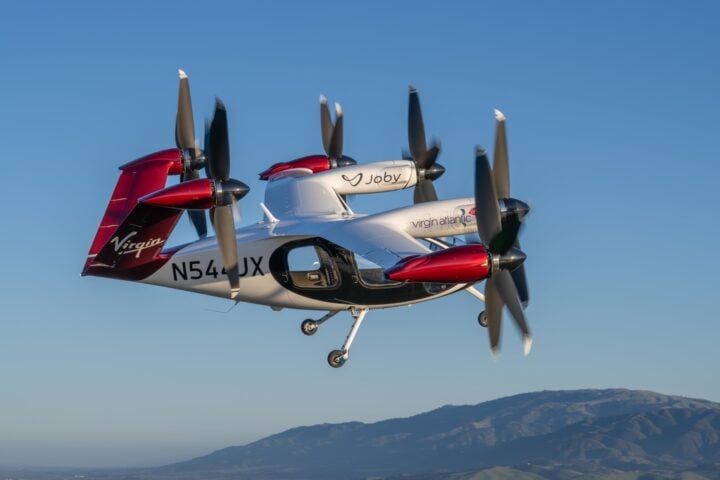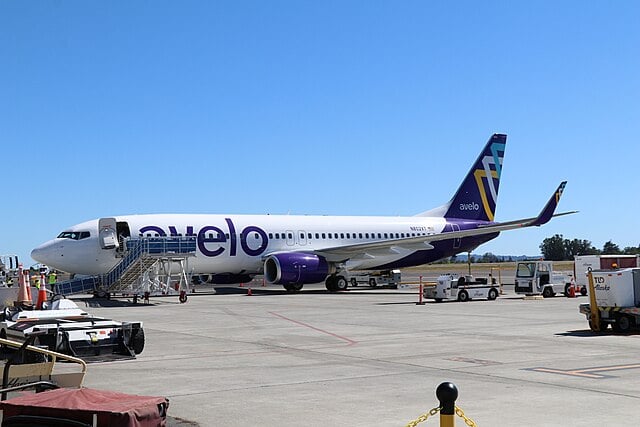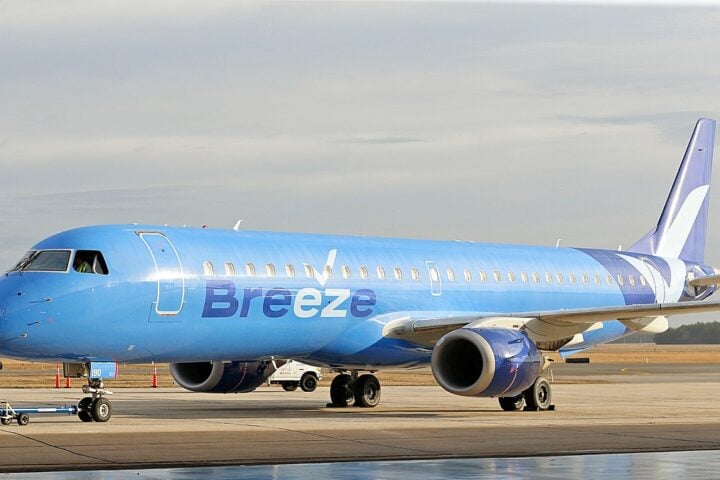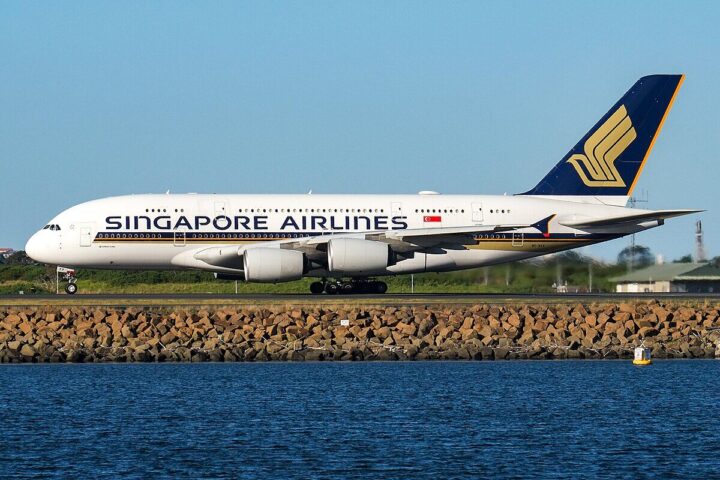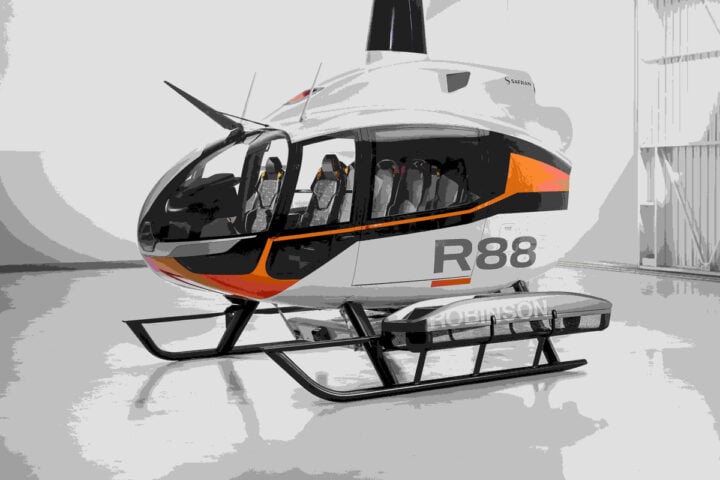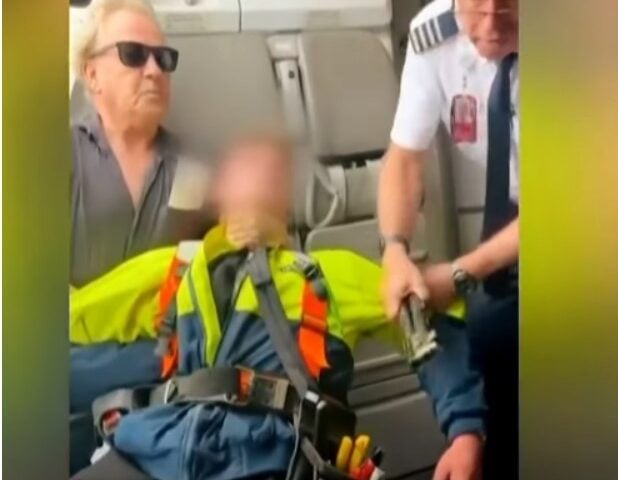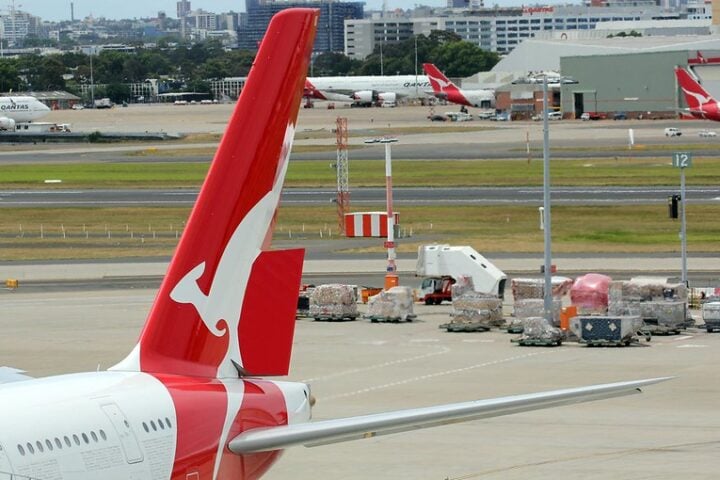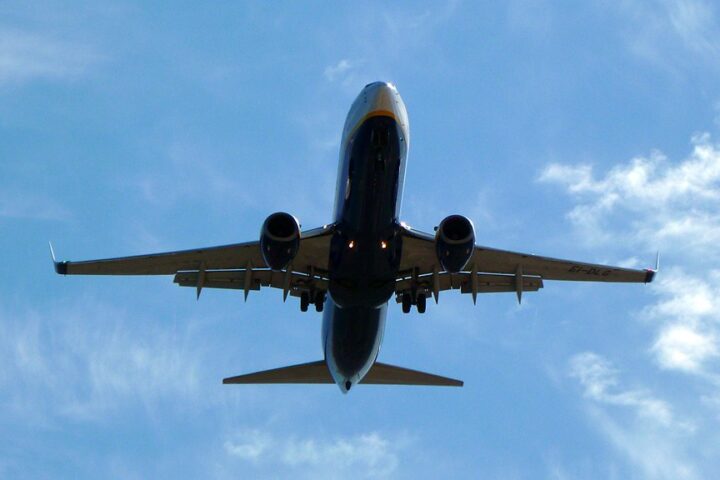Think of it like sharing a vacation home, but with wings. That’s how private jet ownership is changing. Instead of one person bearing the full financial burden of an aircraft, several people split the cost and share the plane.
This idea took off during COVID-19. Flexjet, a major player in shared aircraft ownership, saw something surprising. Their daily flights dropped from 200 to just 8 when the pandemic hit. But then business soared higher than ever.
“We used to get calls asking for discounts,” says Kenn Ricci, who runs Directional Aviation Capital, Flexjet’s parent company. “Now people are asking how soon they can get in.”
How It Actually Works
When you buy into shared aircraft ownership, you’re buying a piece of a specific plane. Most people buy between sixteenth and a quarter of an aircraft. This gives them a set number of flying hours each year.
The costs break down into three main parts:
- The initial purchase: $100,000 to $1 million, depending on the aircraft
- Monthly fees: $10,000 to $15,000 for a mid-size jet share
- Flight costs: You pay for fuel and crew when you fly
For a mid-size jet, if you own a tenth share and want to fly 100 hours yearly, expect to pay about $150,000 in annual operating costs. That covers everything from storing the plane to paying the pilots.
The Big Players and Their Aircraft
NetJets leads the pack with more than 600 aircraft. They flew over 1,100 flights in a single day after Thanksgiving – their busiest day ever. follows with 350 planes, from small jets to large cabin aircraft that can cross oceans.
Smaller companies are finding their own path. FlyExclusive runs 90 jets and does something different. “We can’t match the big companies in size,” says Jim Segrave, their CEO. “But we save owners 20% on aircraft costs because we have our own maintenance facilities.”
Similar Posts
Who’s Buying In
The customer base is changing. “We’re seeing younger owners in their 40s signing up,” says Andrew Collins, Flexjet’s CEO. “They want bigger planes and expect top service.”
This matches what industry watchers see. Doug Gollan, who runs Private Jet Card Comparisons, found that shared ownership jumped 57.4% compared to before COVID-19. People like what they’re getting – 95% rate their service as excellent or very good.
Real Benefits and Challenges
- You get a newer aircraft without buying an entire plane
- The management company handles maintenance and crews
- You can use similar planes if yours isn’t available
- Aircraft quality and service standards stay high
Challenges:
- You commit for five years typically
- Peak travel times can be competitive
- The plane loses value over time
- You share costs for crew, storage, and maintenance
Future Growth
The industry keeps growing. Flexjet just ordered $7 billion worth of new aircraft. They plan to double their fleet to 600 planes in five years. About 95% of customers renew their contracts, showing the model works.
But some places still face hurdles. In India, for example, laws don’t clearly allow shared aircraft ownership. They need new rules about taxes and ownership before this idea can really take off there.
The bigger picture? Private air travel is changing. Instead of only the ultra-wealthy owning entire aircraft, more people can access private flights through sharing. As Andrew Collins puts it, “It’s a stable business model with predictable revenue.”

Aircraft Types and Operations
The companies offer various aircraft types in their fleets, including:
- Light jets
- Mid-size jets
- Large cabin jets
Management companies handle all operational details, including crew management, maintenance, and scheduling. They coordinate between different owners using the same plane, ensuring everyone gets their promised flight time while maintaining the aircraft to required standards.
